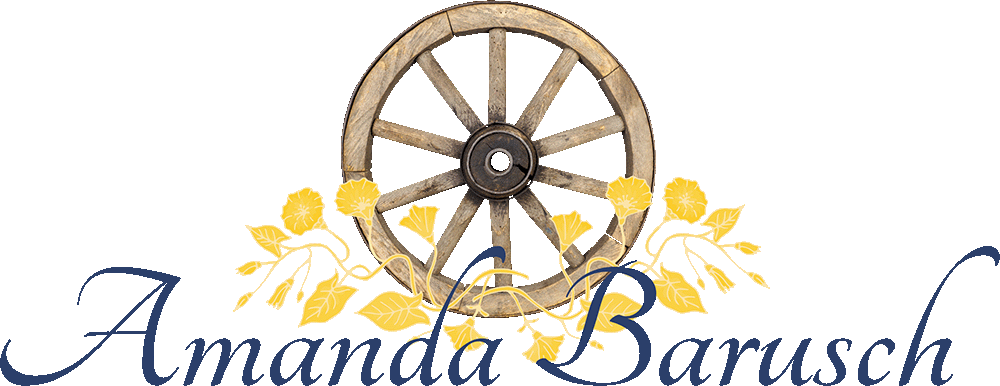New Narrative Studies
Hi Folks, It's been a while since I posted new Narrative material on the blog. Here are some studies that might be of interest to researchers. You'll find them and others on the Narrative Inquiry page Enjoy!
Carpenter, L. & Emerald, E. (2009). Stories from the Margin: Mothering a Child with ADHD or ASD. Post Pressed.
Conducted in Australia, this study is embedded in an ethic that calls on research to be of direct benefit to vulnerable populations. Chapter 1 offers a detailed description of the methodology. I haven't read it yet, but the reviews are excellent. You'll find them here: http://www.e-contentmanagement.com/books/339/stories-from-the-margin-mothering-a-child-with
Carpenter, L., & Austin, H. (2007) ‘Silenced, Silence, Silent: Motherhood in the margins’, Qualitative Inquiry, vol.13, no.5.660-674.
Here's an article based on the same study. It's a terrific read. I like their description of how they created space for stories, “we designed the interview space to give women a moment to stop the action, tell their story, and reflect.” Bordieu’s ideas are introduced and applied beautifully.
Carpenter, L., & Austin, H. (2007) ‘Silenced, Silence, Silent: Motherhood in the margins’, Qualitative Inquiry, vol.13, no.5.660-674.
This one looks promising too!
Dillon, L. (2011). Writing the self: the emergence of a dialogic space. Narrative Inquiry, 21(2), 213-237.
There's so much to appreciate in this article that I don't know where to begin, which puts me in a position similar to Lisette Dillon's respondents (young, “gifted” adolescents) when she told them to simply be themselves in the dialogic space she created. First off, the method: Dillon engaged young people in an email exchange that allowed them to reflect on their complex, multiple selves before an attentive listener. Then there's her analytic approach: she read the “email journals” with an eye (or ear) for their multiple (sometimes competing) voices. Then there's Dillon's nuanced treatment of identity as a “project of self-construction.” Finally, I was relieved to learn (in her reference to Hermans, 2003) that other people's inner voices sometimes descend into cacophony. How nice to have company!
Green, W., Hibbins, R., Houghton, L., & Ruutz, A. (2013). Reviving Praxis: Stories of continual professional learning and practice architectures in a faculty-based teaching community of practice. Oxford Review of Education, 39(2), 247-266. (available at: http://www.tandfonline.com/doi/abs/10.1080/03054985.2013.791266)
A great example of narrative methods and beautifully written! Wendy Green and her colleagues in Australia collected stories from their colleagues in a teaching community of practice. The results are intriguing, and the construction of the piece just brilliant. Stories were analyzed in a two-phase process: the first identified common themes, and the second considered the distinct types of stories told by newcomers vs. old-timers. But my favorite element is their elegant treatment of what researchers commonly call “limitations.” Must quote it here:
We acknowledge the situatedness of our study and that further discussion needs to be seen in this light. Nevertheless, a number of implications can be drawn from the study if it is considered in the context of the current literature, which enables us to extend our findings beyond the specific community of practice studied here. (p. 261)

